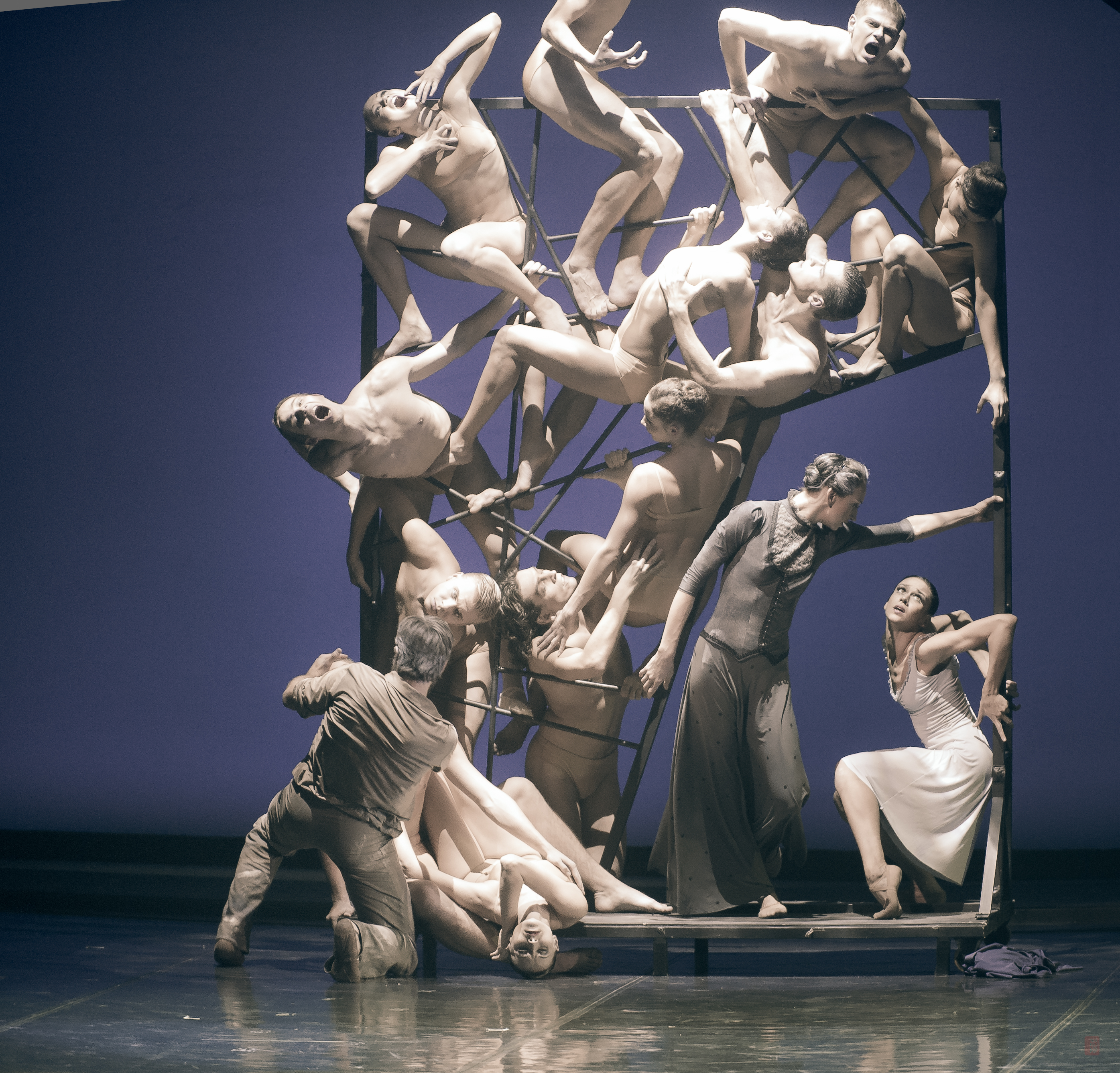
Unsurpassed: Boris Eifman’s ability to use the human body, as demonstrated in his latest work, Rodin, through dance and sheer theatrical artistry on the part of his dancers, as a form of communication so strong as to literally replace any need for language. We may all be casually aware that body language constitutes a large percentage of communication, and that dance is an art form which, more often than not, excludes words and spoken sounds. However, more than any other company I’ve seen perform—and that has included many prominent national and international ones — Eifman reminds us that it is the body that is the purest, rawest form of communication; that it speaks for the individual with the least adulteration, without the barrier of words, whether the individual wants those truths told in that physical manner or not. With Eifman, his use of dance as language is far deeper than the symbols and mimes of story ballets, which may represent language or themes. Rather, his choreography pierces through the murky and opaque use of words to give us the “language” we were born with before we ever learned to speak: our bodies. Rodin tells of jealously, drama, conflict and, ultimately, insanity and tragedy, but using the most basic of all “languages” without any recourse to the veil of words.
My 5-star rating of Rodin, based on life of the 19th century French sculptor Auguste Rodin and the relationship with his apprentice, lover and muse Camille Claudel, isn’t based on this being my “favorite ballet,” or even favorite genre. My own personal preferences are for story ballets, with pointe shoes, tutus, mad-Giselles and insidious Odiles; next in line would be the neoclassical works of George Balanchine, many abstract, contrary to story ballets, but with that superbly graceful yet athletic use of movement and line that makes me marvel. In fact, this was not an easy ballet to watch. The second act left one constantly on edge, with many sound elements that were grating and shrill.
Yet no other choreographer maximizes the use of movement to reach into the soul quite the way Eifman does. It is this use of dance to “speak” without words, to bare all parts of the soul and psyche – good and bad—with the integrity and rawness Eifman does that earns his Rodin, and the talent of his dancers, my utmost respect. It was not the romantic beauty of the story and characters that I so cherish in story ballets, yet the use of the dance in the way Eifman choreographs renders him an artist of the highest degree. He is a genius in his own right, contributing as much to the world of psychological ballet as Marius Petipa or George Balanchine did to their genres.
Several other aspects of the production were masterful, including: the dancers themselves, the lighting and design, and the fact that this ballet challenged and intensified my own appreciation for dance in the way that it did.
Eifman’s dancers are, for anyone who does not dance professionally, in the realm of the ‘extraterrestrial’- while I mean that as a compliment, their bodies are so flexible as to be other-worldly. The specificity of their technique and training puts them in a class with some of the top ballet companies in the world, yet Eifman’s focus and interpretation of dance would make ‘classical ballet’ not quite the appropriate description. All dancers are artists, athletes and actors wrapped in one, and Eifman’s dancers almost add other components of dramaturgs and psychologists. In dance, bodies are the instrument and media of art, so in this piece of the life of an artist, the bodies take on a triple-purpose, of the ‘props’ used to tell Rodin’s story as a sculptor; of art in and of themselves; and, in the case of Eifman’s use of dance, of baring the soul and mind as well.
Oleg Gabyshev as Rodin, Lyubov Andreyeva and Camille, and Nina Zmievets as Rose Beuret, Rodin’s wife, are not only exquisite dancers, but would be well-deserving of Academy Awards. They put as much energy and passion into their acting as their dancing in a way that makes the two arts inseparable. One of the most beautiful choreographic scenes is a pas de trois between the three of them in Act II, as Rodin torn between the two woman.
The lighting and set design, by Gleb Filshtinsky and Boris Eifman, are integral to the performance in a way set designs are. The designs often actually incorporated the dancers’ bodies themselves. A particularly noteworthy piece was a the beginning of Act II, where a framed piece with geometric divisions held the dancers bodies against a greenish-yellowish background. The dancers moved within this frame like sea anemones. Another noteworthy lighting arrangement was that surrounding the poster image for Rodin, where he is carrying Camille with her head on his shoulders, in a pose both sexualized and fetal-like, with lights that one would find in a stage dressing room against a dark-setting and shaped in a modern arrangement. He also uses lighting to mark the transition to the mental ward scenes, with distorted, wavering lines reflecting the disorder in the psyche for those in the mental institutions.
The four composers of whose music Rodin is comprised—Maurice Ravel, Camille Saint-Saens, Jules Massenet and Erik Satie—are all French musicians of roughly the same era, the mid-to-latter 19th century to the 20th century. The pieces used in Rodin are each appropriate to the given scene, yet often sharply contrast with the music of the previous scene. The music in the second act reflects Camille’s descent into insanity. It was music that was not ‘enjoyable’ to me, but fitting to the ballet’s story and character’s emotions.
For those with a strong appreciation for dance as a form of communication, that can provide a window into all parts of our being—the beautiful, romantic, tragic, disturbing and all in between —this ballet is a must-see work of a true genius. Again, Eifman, in my mind, is a colossal figure in the world of dance, unparalleled in using dance in this way as the language that obliterates the need for all others. However, this was not your “relaxing” performance, one where you can totally immerse yourself in the poignancy of story ballets, marvel at the feats of the principal, or feel like singing and dancing with joy yourself after, say, Alvin Ailey. This ballet was challenging and intense, forcing a confrontation not only with the themes presented- jealousy, insanity, career vs. personal life choices—but with the reality of the fact of the power of our very bodies alone to reveal every aspect of our beings. In the case of this story, a reality that, via jealousy and sexual passion, transformed the life of Camille Claudel.
This show closes today, but we wanted to let you know about this company for future reference-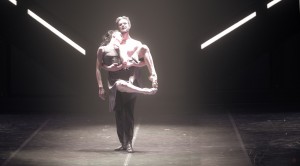

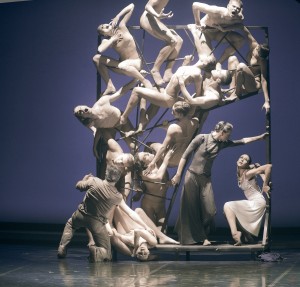


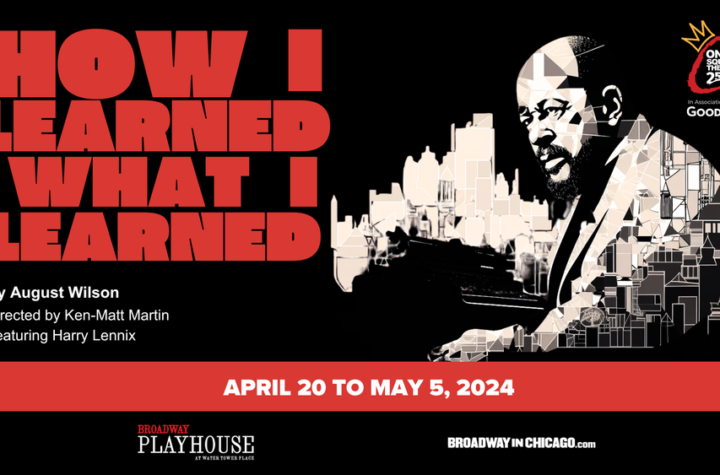
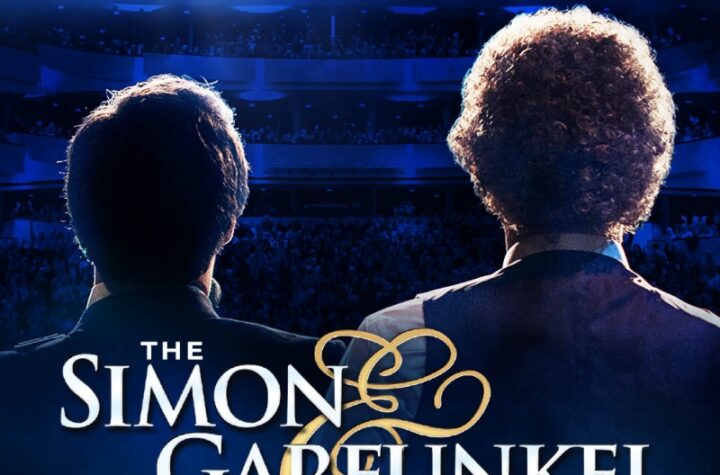

More Stories
“The Simon & Garfunkel Story” comes to Chicago
Passover Dinner at Frank’s ( Italian style)
“Birds, Frogs,Crickets, & Dogs”- Music of the Baroque reviewed by Julia W. Rath